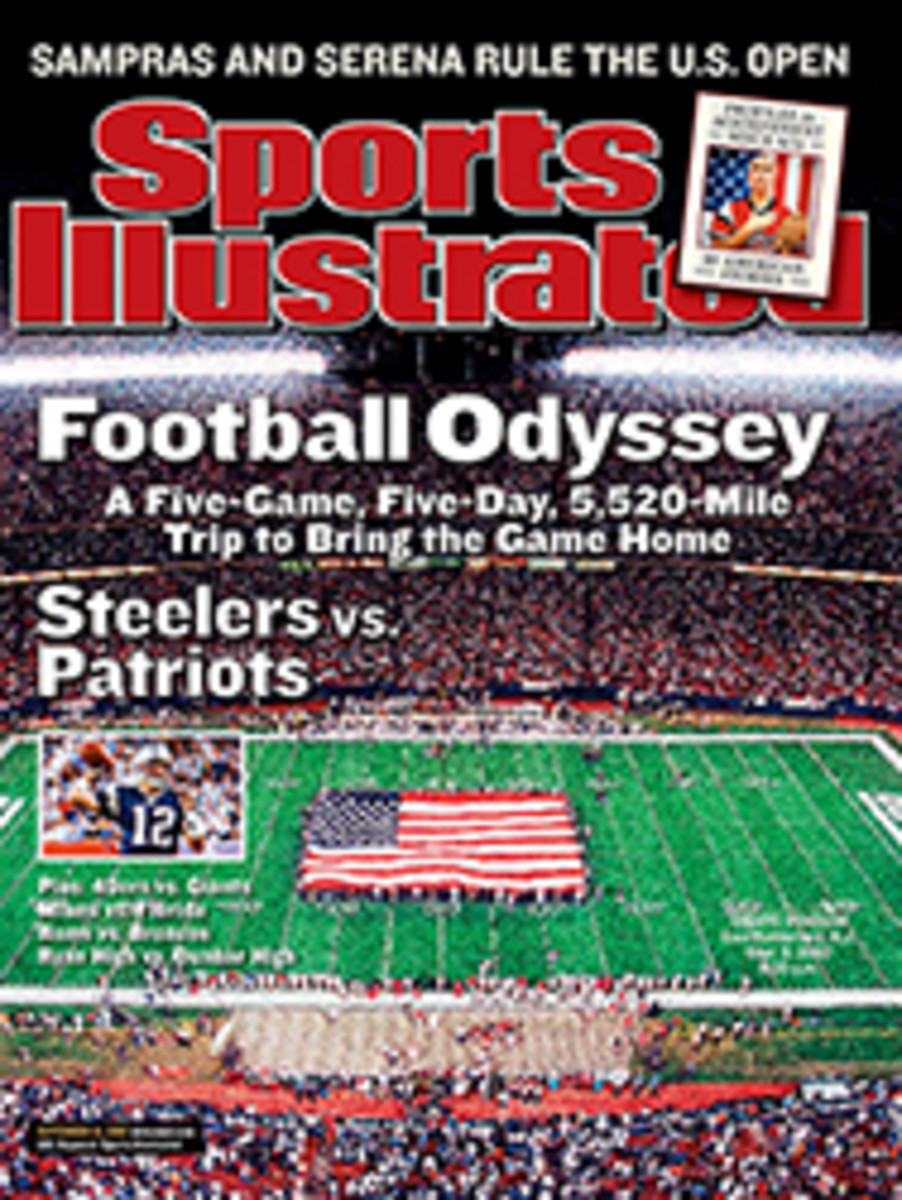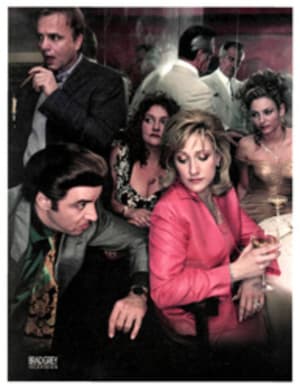
Big Play Neal Lancaster's Canadian Open calamity was caused by a crisis of confidence, a problem that afflicts all levels of pros, even Ryder Cuppers
Anyone who plays golf must have felt a knot in his stomach
watching Neal Lancaster self-destruct down the stretch at the
Canadian Open. Lancaster's problems were a mix of the mental and
the physical. Instead of focusing on one shot at a time, he
played the 72nd hole as if he were just hoping to make bogey,
which would have secured the victory. Lancaster fell into the
trap that snags many Tour players when the pressure is on: He
let the results of a couple of shots torpedo his self-worth. No
wonder an old swing flaw kept recurring once he began to
struggle. Lancaster's arms turned away from the target in his
backswing, but his body was almost frozen in place, and the lack
of synchronicity between his arms and his upper body caused his
bad shots at 18 in regulation and in the playoff.
IDENTITY CRISIS It has never been harder to be on a Ryder Cup
team than it has been for the members of the 2001 squads,
because the players have had to deal with loftier expectations
for a year instead of a month. After slumping this spring,
Stewart Cink, one of my pupils and a U.S. team member, confessed
to me in April, "I know it's not right, but I can't stop
thinking, Ryder Cup players don't hit bad shots." I sent Stewart
to a psychoanalyst, who taught him that the outcome of his golf
should not affect his identity. Since getting that help, Stewart
has made the cut in 10 of 11 starts and has three top 10s.
Considering how many Ryder Cuppers on both teams are slumping,
maybe more of the players should follow suit.
HERE'S JOHNNY!On Sunday night I called John Rollins's teacher,
my old Alabama teammate and roommate Todd Anderson, to
congratulate him and learn what makes the kid tick. Anderson,
who teaches at The Breakers in Palm Beach, Fla., told me about
Rollins's passion for playing the electric guitar (he rarely
travels without one), his devotion to friends (Rollins and his
wife, Jenny, will be moving to Tampa soon, mostly because he
wants to live near his best friend on Tour, Bob Heintz) and his
relentless putting practice regime that some days involves hours
using the Sindelar Putting Track device. Nice to know that
sometimes nice guys come out on top.
Wood owns the Mark Wood Golf Academy at Grande Oaks Golf Club in
Fort Lauderdale and is one of Golf Magazine's Top 100 teachers.
TWO COLOR PHOTOS: COURTESY OF ESPN (TOP)
TWO COLOR PHOTOS: PORTER BINKS
COLOR PHOTO: PORTER BINKS YES
COLOR PHOTO: PORTER BINKS NO
THE TIP
Making an arm swing that's out of sync with the body turn causes
all sorts of problems. Here's a simple drill to learn the feel
and technique for maintaining this crucial relationship between
the arms and chest throughout the swing.
1. Tie a loop on one end of a string and affix the loop to your
left pinkie (left, inset). Place your left hand on the grip,
running the string between the grip and the inside of your hand.
2. At address, use the right hand to draw the string up to the
second button from the top of your shirt (left), which in most
cases will be your sternum.
3. Swing to the top of the backswing with your left arm, keeping
your right hand on your chest and the string in place. The string
will remain taut if you swing correctly.
You can do another version of this drill by starting from address
and, without any backward motion, swinging forward to the finish
while keeping the string straight.

